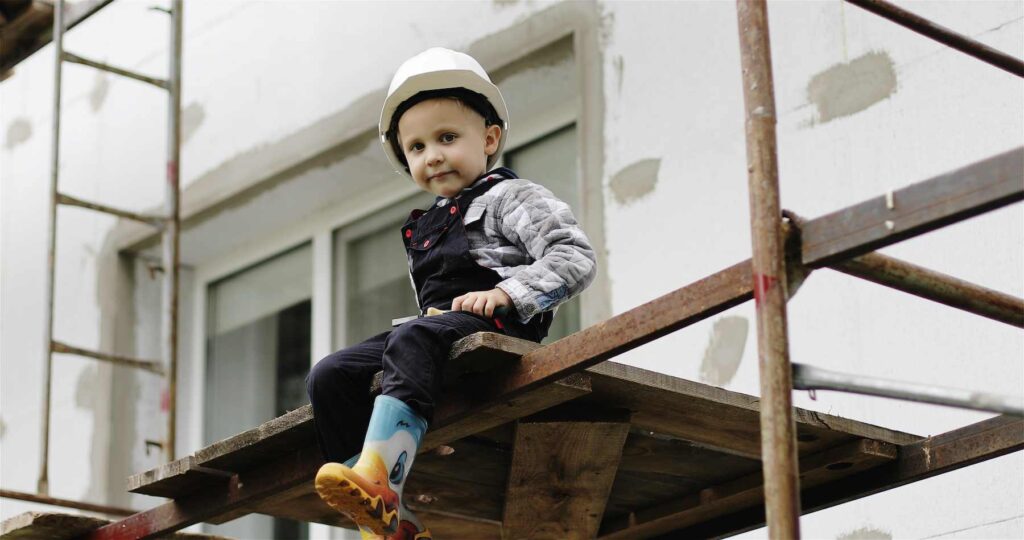The scaffolding method is widely used in children’s education.
In English, this approach is called “scaffolding” — a gradual increase in learning challenges with plenty of support along the way. But what does this method really mean in practice?
What Is the Scaffolding Method?
It’s called the “scaffolding” method because it gives children the support they need — for as long as they need it.
At first, adults provide the knowledge and model the skill. Then they let the child try it while offering help if needed. And eventually, the “scaffolding” is removed, and the child can do it alone.
Here’s what adults should do in the process:
- Break the skill down into smaller steps.
- Step in only when the child struggles.
- Gradually reduce the help as the child gains confidence.

How to Use Scaffolding to Teach Skills
Avoid doing everything for your child when teaching a new skill.
Scaffolding is perfect for slow, steady learning. Your child will always feel your support — and one day, they’ll realize they’re doing it all on their own.
Let’s say you want to help your child learn to read. Here’s how to scaffold that process in 3 steps:
- You read aloud while asking your child to follow the words silently.
- Your child reads the simple words, and you help with the hard ones.
- Your child reads on their own.
You can use this method when teaching your child to speak Russian, too.
Start by reading and talking to them in Russian. Gradually, ask them to repeat easy words, then short phrases. Keep helping until they feel confident.
Eventually, you’ll be able to talk to your child fully in Russian — naturally and easily. Of course, it’s best to combine this with regular Russian language lessons.

5 Key Principles of the Scaffolding Method
This method only works if parents follow a few essential rules:
Follow your child’s interests
Introduce new skills through things they already love. Otherwise, learning won’t stick.
Minimal help
Be present, but don’t take over. If you do it all for them, they’ll never learn.
Praise the effort, not just the outcome
Even if it didn’t work out this time, praise them for trying. Encouragement matters most.
Keep raising the bar
Once your child masters one thing, gently move on to the next level. For example, go from letter blocks to building full words.
Emotional support
Always be there for your child emotionally. That’s how they build real confidence and grow.
At Palme School, we use many modern teaching methods — including scaffolding.
Scaffolding isn’t just a teaching technique; it’s a parenting style. You can use this method from birth to give your child a strong foundation for lifelong success.
Scaffolding method
Click to go through the stages of skill development






